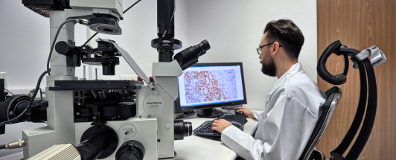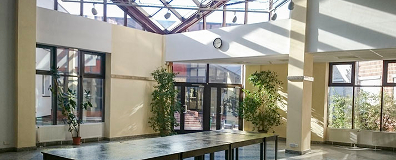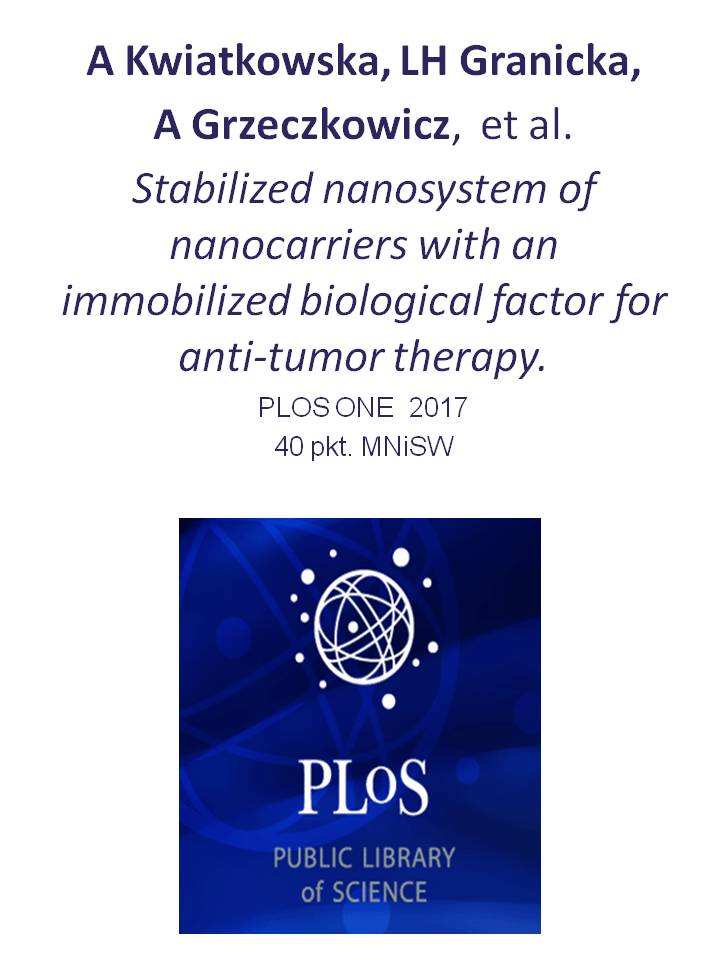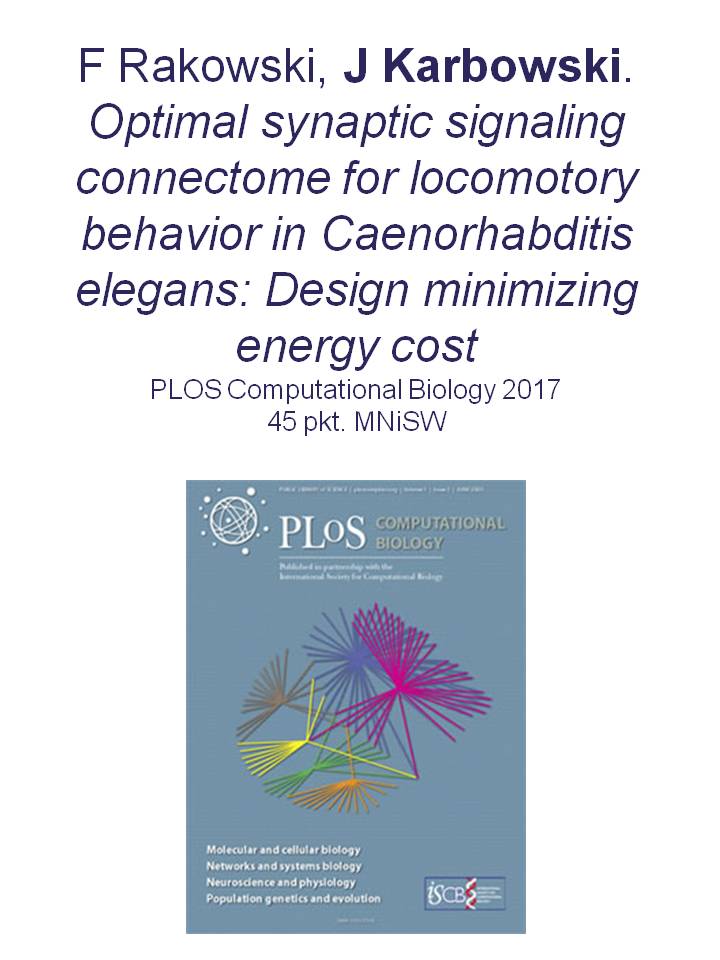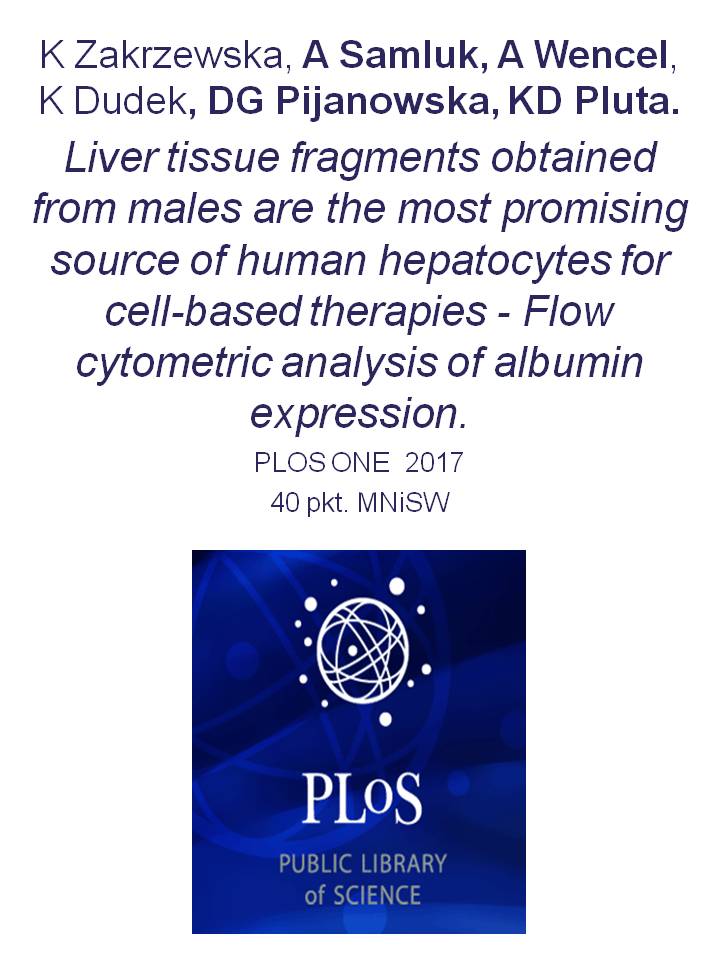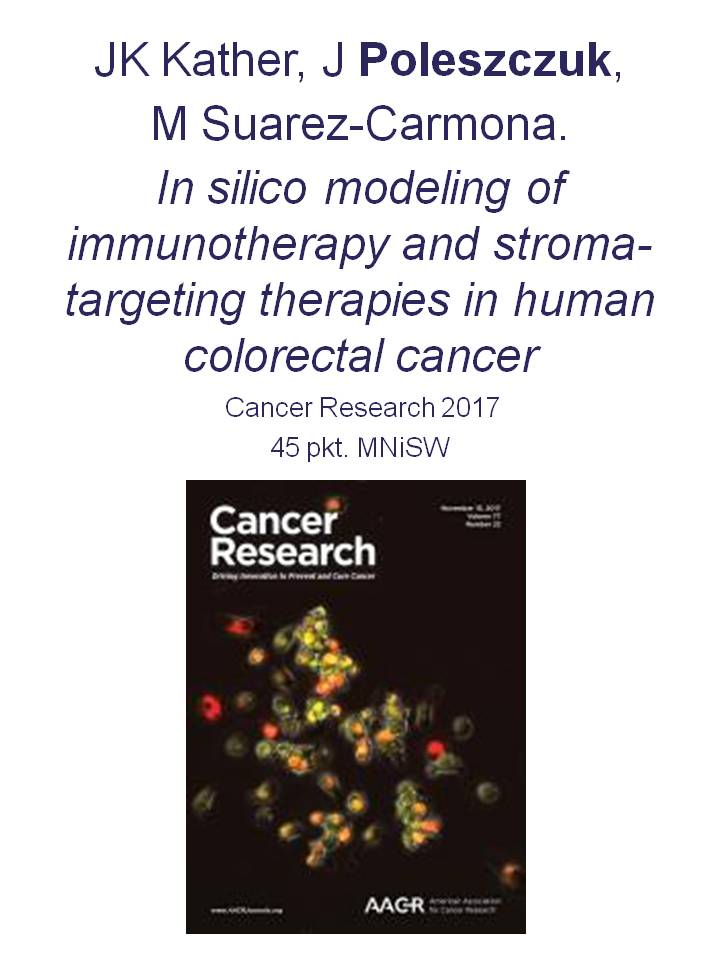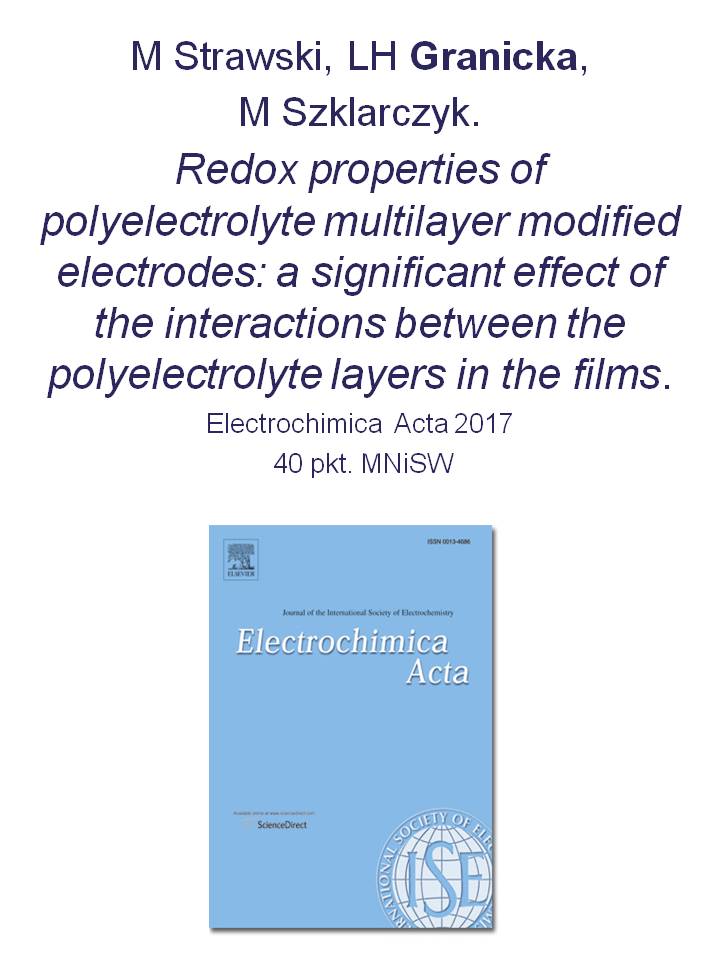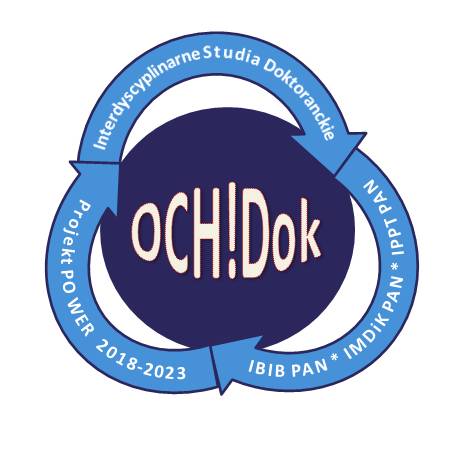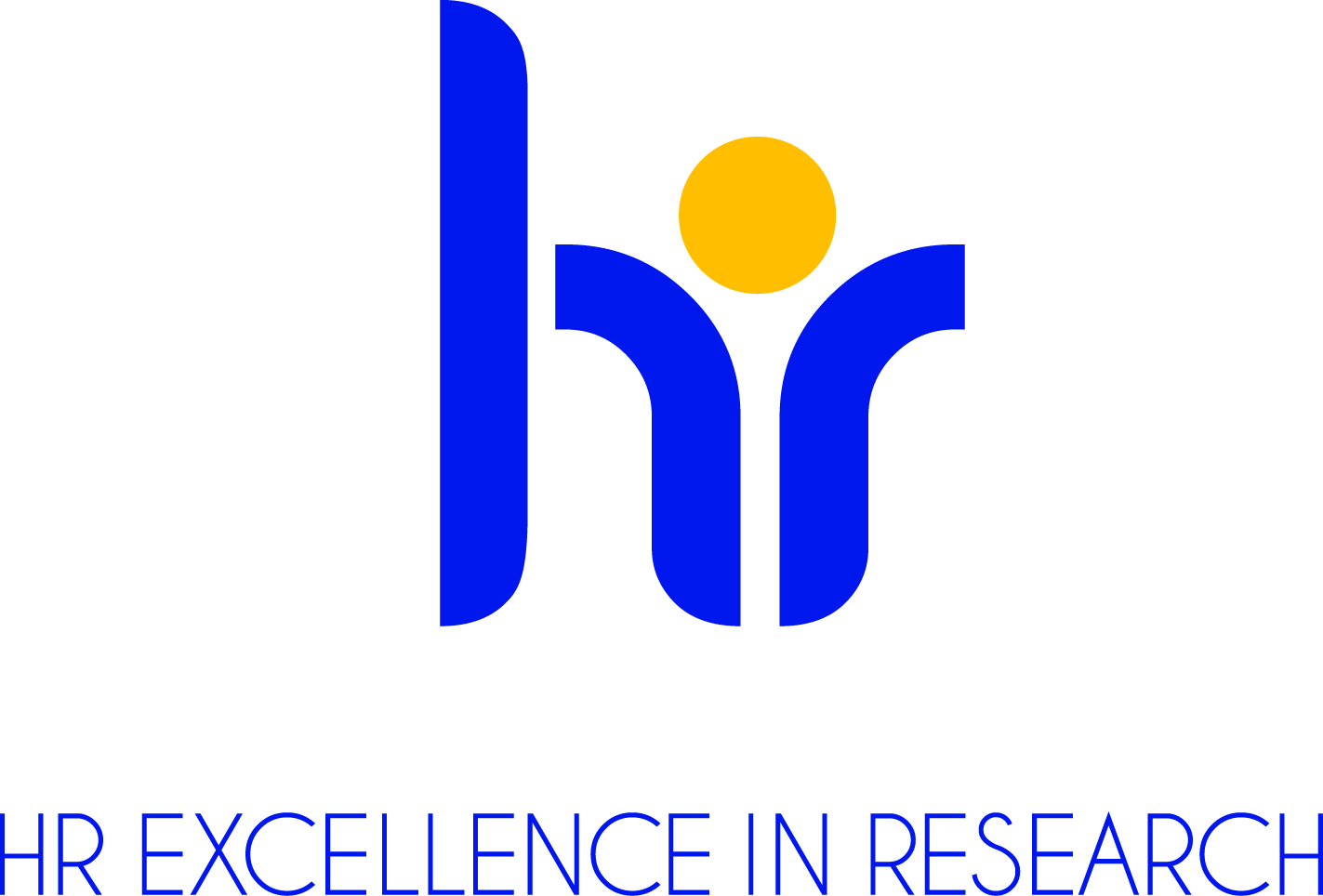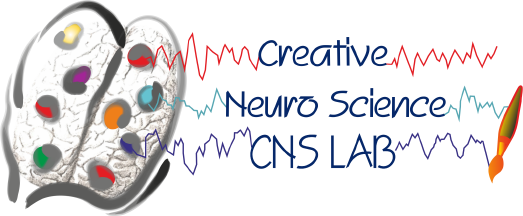UMO-2014/15/B/ST7/05263_EN
UMO-2014/15B?ST7/05263
Head of the project: prof. Katarzyna Cieślak-Blinowska
Research project objectives/hypothesis
The project concerns elucidation of the mechanisms of the neurovascular coupling. Methods for imaging brain activity, such as functional magnetic resonance imaging (fMRI) and near-infrared spectroscopy (NIRS), reflect neuronal activation through the accompanying vascular and metabolic responses. At present it is not fully understood how these effects relate to activity of the neural populations. Elucidating the neurovascular coupling directly and non-invasively in humans by the simultaneous measurement of fMRI in relation to electro- or magneto-encephalography (EEG/MEG) is technically difficult. The alternative is simultaneous investigation of relationship between hemodynamic responses of the brain quantified by NIRS and the electrical activity of neuronal populations recorded by means of EEG. The goal of the project is establishing the relation between temporal, topographical and spectral features of brain activity with the blood oxygenation/ deoxygenation (HbO/HbR) levels quantified by NIRS, in the experiment involving motor action and its imagination. The specific hypotheses concern i) connection between brain rhythms and HbO/HbR levels and ii) differences in the topographic NIRS response in case of real and imaginary movements. We shall also investigate possible extracerebral influences on the blood oxygenation level by the study of the relation between NIRS and heart rate variability (HRV), NIRS and blood pressure signal.
Research project methodology
The project concerns elucidation of the mechanisms of the neurovascular coupling. Methods for imaging brain activity, such as functional magnetic resonance imaging (fMRI) and near-infrared spectroscopy (NIRS), reflect neuronal activation through the accompanying vascular and metabolic responses. At present it is not fully understood how these effects relate to activity of the neural populations. Elucidating the neurovascular coupling directly and non-invasively in humans by the simultaneous measurement of fMRI in relation to electro- or magneto-encephalography (EEG/MEG) is technically difficult. The alternative is simultaneous investigation of relationship between hemodynamic responses of the brain quantified by NIRS and the electrical activity of neuronal populations recorded by means of EEG. The goal of the project is establishing the relation between temporal, topographical and spectral features of brain activity with the blood oxygenation/ deoxygenation (HbO/HbR) levels quantified by NIRS, in the experiment involving motor action and its imagination. The specific hypotheses concern i) connection between brain rhythms and HbO/HbR levels and ii) differences in the topographic NIRS response in case of real and imaginary movements. We shall also investigate possible extracerebral influences on the blood oxygenation level by the study of the relation between NIRS and heart rate variability (HRV), NIRS and blood pressure signal.
Expected impact of the research project
The results of the project will help to understand the mechanisms of the neurovascular coupling , which are in the center of attention of scientific society. They will bear not only on the understanding of the relation between EEG and NIRs, but also on the relation of the fMRI BOLD (Blood Oxygenation Level) signal and neural activity, which is based similarly to NIRS on blood oxygenation/ deoxygenation rates. In case of NIRS the concentration changes of HbO and HbR levels are easier to study. The project involves investigation of relation between synchronization/desynchronization of neural populations with the levels of HbO, and HbR, which havn’t been studied yet. Since specific rhythms play crucial role in the information processing in brain, finding the connection between frequency characteristics of EEG with HbO/HbR levels will help in the interpretation of neuroimaging results in NIRS and fMRI experiments.
The project can have also practical impact connected with construction of BCI and orthosis. At the moment hybrid NIRS/EEG systems are being designed for orthosis control, however NIRS role is usually limited to a sort of switch for EEG system. The planned investigations can help in better utilization of the information provided by NIRS in BCI applications. Especially helpful in this respect will be the results obtained during motor imagery.
MENU
- News
- About the Institute
- Mission & Authorities
- HR Excellence
- Doctoral Schools
- Doctoral Studies
- Academic degrees
- Scientific activity
- Institute offers
- ICB
- Publishing
- Library
- Conference Centre
- Useful Links
- Public procurement
- Employees
- Gallery
- For Media
- Contact
- Privacy policy
Nałęcz Institute of Biocybernetics and Biomedical Engineering PAS, Ks. Trojdena 4 st., 02-109 Warsaw, POLAND
E-mail:This email address is being protected from spambots. You need JavaScript enabled to view it.; Phone: (+48) 22 592 59 00;
Copyright(c) 2016 IBBE PAS
All rights reserved
In order to provide you with the best online experience this website uses cookies. Delete cookies
In order to provide you with the best online experience this website uses cookies.
By using our website, you agree to our use of cookies. Learn more
Useful Links
Privacy policy
Ministry of Science and Higher Education
Polish Science Database (Nauka Polska)
Department of Patents - website in Polish
Sholarship granting institutions
The National Centre for Research and Development
The Polish National Agency for Academic Exchange
European Union Funding
Publication databases
ISI Web of Knowledge Journal Citation Report
BazTech - website in Polish
ICM - Virtual Library of Science - website in Polish
Other
Datasets

